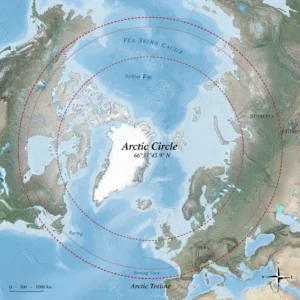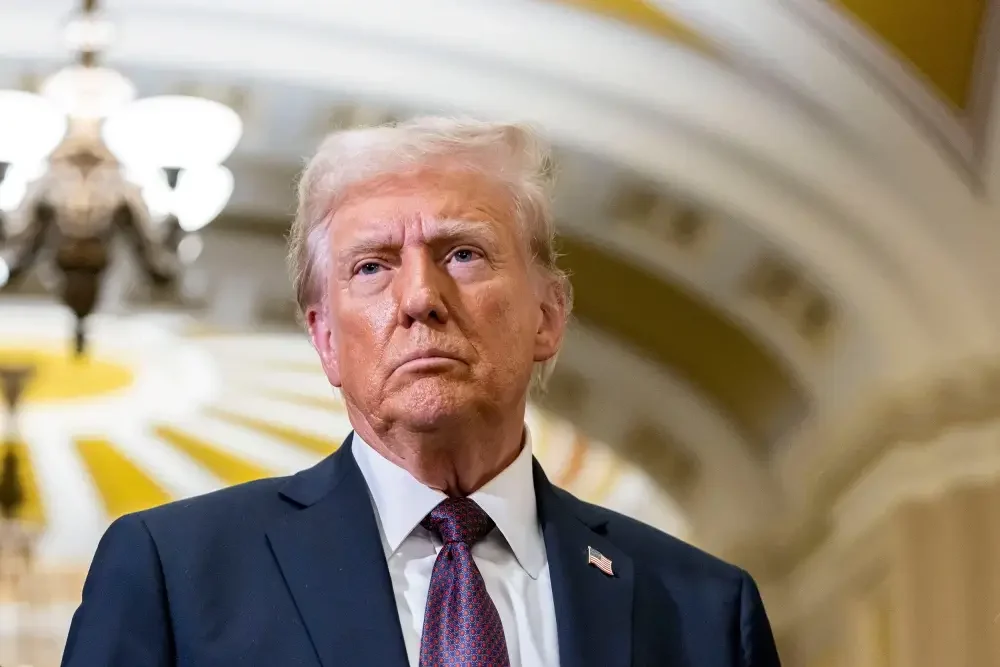The meeting between the two presidents begins in Washington. South Korean President Lee Jae-myung is holding his first high-stakes talks with US President Donald Trump. After meeting Japan’s Prime Minister Shigeru Ishiba, Lee arrived in Washington aiming to finalize July’s tariff deal and secure investment commitments.
The US had lowered tariffs to 15% with Seoul pledging to purchase $100 billion in American energy and invest $350 billion. Major South Korean conglomerates Samsung, Hyundai, LG and SK contribute $91.2 billion in direct US investments, strengthening economic cooperation.
Analysts warn, however, that Trump could unpredictably reshape the deal, leaving investment details vague and potentially subject to political bargaining during negotiations. Trump has targeted shipbuilding as a crucial partnership seeking South Korea’s expertise to revive America’s weakened maritime industry and compete with China.
Officials have floated a $150 billion collaboration, and Lee will visit the Philly Shipyard owned by South Korea’s Hanwha Group in 2024. Technology also dominates discussions with batteries and semiconductors positioned as central to US modernization.
South Korea has shown willingness to align with Trump’s demands highlighting shared goals in advanced manufacturing and industrial capacity expansion. The summit also addresses defense with Trump expected to press South Korea to boost military spending closer to 5% of GDP.
Currently at 3.5%, Seoul already heavily funds US Forces Korea, including paying the entire cost of Camp Humphreys, America’s largest overseas base. As Kim Yo Jon dismissed diplomatic efforts, North Korea remains an urgent matter, but hinted at a potential opening for future US-North Pyongyang dialogue.
Analysts fear Trump could bypass Seoul and deal directly with Pyongyang, reducing South Korea’s influence within the security alliance. Russia and China complicate the talks with Moscow’s growing cooperation with Pyongyang, raising concerns about shifting regional power balances.












